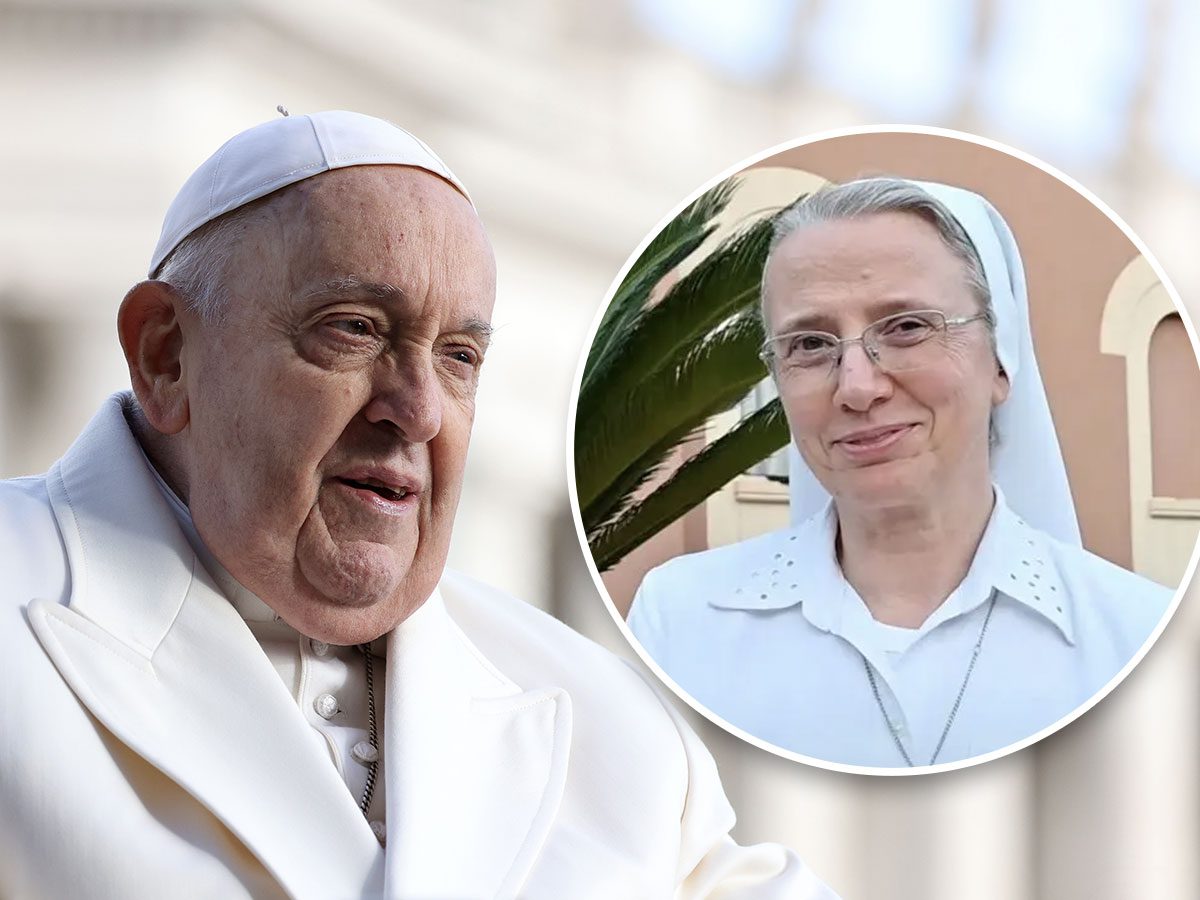
In a groundbreaking decision that marks a significant step forward for women’s leadership within the Catholic Church, Pope Francis has appointed Sister Simona Brambilla as the first woman to head a major Vatican office. This historic announcement, made on Monday, names the 59-year-old Italian nun as prefect of the Dicastery for the Institutes of Consecrated Life and Societies of Apostolic Life, the Vatican office responsible for overseeing all Catholic religious orders.
This unprecedented appointment underscores Pope Francis’ commitment to elevating women to key leadership positions in the Vatican. While women have previously held deputy roles in various Vatican offices, Brambilla’s appointment as prefect—the highest rank in a dicastery—signals a new era in the Church’s governance. Vatican Media hailed the decision, calling it a historic milestone: “Sister Simona Brambilla is the first woman prefect in the Vatican.”
Brambilla will oversee one of the most vital offices in the Vatican, which manages the affairs of well-established religious orders like the Jesuits and Franciscans, as well as newer movements within the Church. Her co-leader, Cardinal Ángel Fernández Artime, will serve as “pro-prefect,” a theological necessity since sacramental duties such as celebrating Mass remain exclusive to ordained men. Nevertheless, Brambilla’s listing as the primary prefect reflects her groundbreaking role.
Sister Brambilla, a member of the Consolata Missionaries, brings extensive experience to her new role. She served as a missionary in Mozambique and led her order as superior from 2011 to 2023. Last year, Pope Francis appointed her as secretary of the same Dicastery she now heads. Brambilla’s background as a nurse and her years of service in various leadership capacities exemplify her dedication to the Church and its mission.
Her appointment was made possible by Pope Francis’ 2022 reform of the Holy See’s founding constitution, which allowed laypeople, including women, to lead dicasteries. This move further exemplifies Francis’ efforts to reshape the Catholic Church’s hierarchy, giving women more influence in its governance.
Sister Brambilla’s leadership appointment is part of a broader trend under Pope Francis, who has steadily increased the number of women serving in the Vatican. When Francis began his papacy in 2013, women made up 19 percent of the Vatican workforce. That figure has now risen to 23 percent, with women holding prominent roles such as secretary general of the Vatican City State and director of the Vatican Museums.
However, these advancements coexist with ongoing limitations. The Church still upholds its ban on ordaining women as priests or deacons, a stance reaffirmed by Pope Francis. While women play indispensable roles in education, healthcare, and faith formation, many continue to advocate for greater inclusion in Church leadership and sacramental roles.
Sister Brambilla’s appointment clearly reflects Pope Francis’ vision for the Church’s future. While maintaining traditional doctrines, he has sought to demonstrate through actions that women’s contributions to the Church are not only valuable but essential. By entrusting Brambilla with such a critical role, Francis underscores his belief that leadership within the Church should reflect the diverse talents and dedication of its members.


